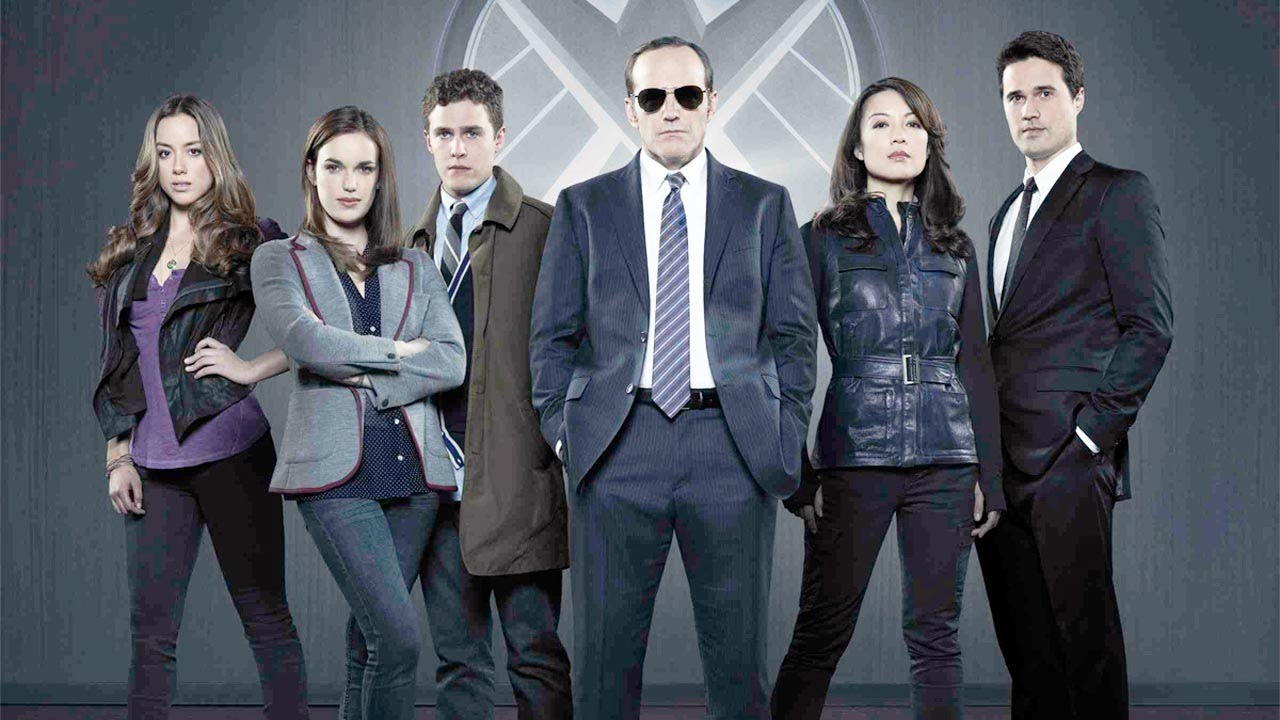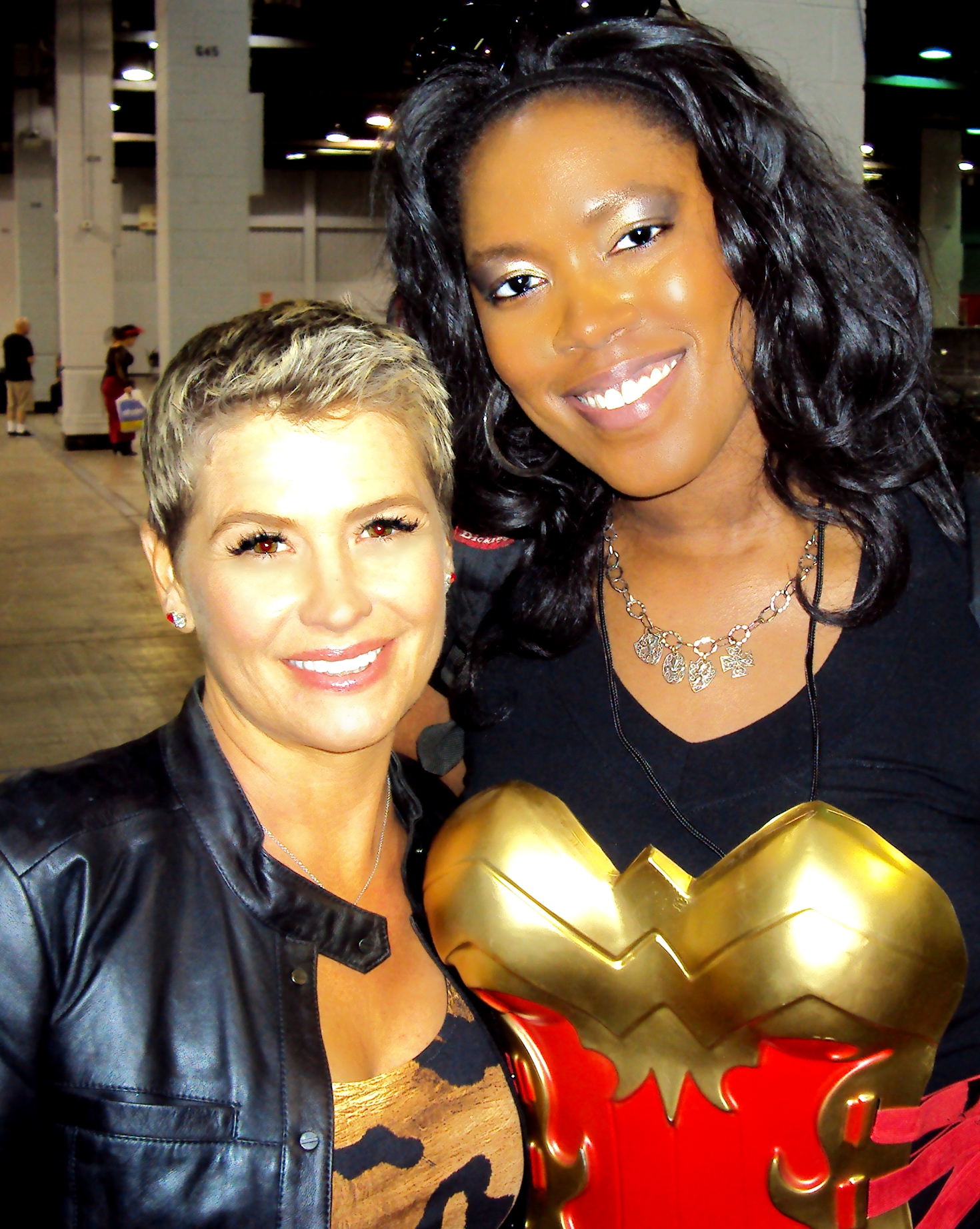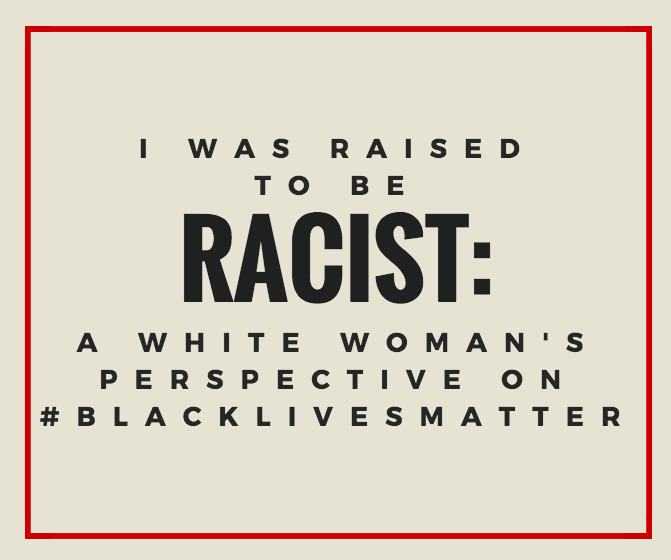By the numbers, it’s clear that “Agents of S.H.I.E.L.D.” is here to stay. As with any TV show pilot riding on studio-supported hype and fans with high expectations, “Agents” has more than a few critics on entertainment websites – including comic book expert and Marvel alum Jim Steranko, who wrote a negative review of the show on The Hollywood Reporter.
Everyone is entitled to his or her opinion, especially a respected individual who helped shape, define, and illustrate the very origin stories that “Agents of S.H.I.E.L.D.” is built upon.
However, Steranko’s comments about the women in the series are particularly irksome:
“Did anyone notice all the women were cookie-cuttered, dressed the same, looked the same, had the same kind of edge (possibly more than their male counterparts)? In the Act 1 apartment fight scene (orchestrated in the Bourne manner), could anyone determine who was doing what to whom (all those black suits)? Anyone wonder how the superpowered Hooded Hero could be so easily tailed (perhaps for days) by hot babe Skye? And why didn’t the S.H.I.E.L.D. interrogators at least get her last name, not to mention her phone number?”
The Cookie Cutter
Perhaps the differences in the females in this ensemble of characters is particularly notable because, you know, half of them are actually women. Or maybe it’s because Skye (Chloe Bennet) works on the fringe of society without conforming to the manic pixie dream girl trope.
Steranko clearly missed the point: the pilot isn’t just Hooded Hero and “hot babe Skye.” Skye is the star of her own story, and the mysterious hero as well as others in the cast are sometimes supporting characters in her story. Skye is the (rarely portrayed) female anti-hero.
Dress Code
Steranko indicated he was dissatisfied with the way the female characters were dressed. It’s worth noting that most of the female characters in the pilot are depicted at work. Skye works and lives in a van and wears civilian clothes – she’s trying to avoid drawing attention to herself. She looks like she picked her clothing out at a retail store, which increases the believability of her character concept.
Skye (Chloe Bennet) works on the fringe of society without conforming to the manic pixie dream girl trope.
Jemma Simmons (Elizabeth Henstridge) dresses professionally. She is, after all, a well-employed biochemist. Perhaps Steranko missed the fact that Jane Foster (Natalie Portman, “Thor”) and Maya Hansen (Rebecca Hall, “Iron Man 3”) also exist in the Marvel Cinematic Universe and dress as real female scientists would – with comfort and practicality in mind.
Agent Melinda May (Ming-Na Wen) and Agent Maria Hill (Cobie Smulders) also appear appropriately dressed in the pilot – they’re S.H.I.E.L.D. agents. They get fitted, utilitarian uniforms conducive to fighting. And all the male characters in black suits may have been visually confusing, but it was realistic. Agents probably don’t dress to stand out in a crowd.
“Hot Babe Skye”
The show left a bit of mystery as to how Skye tailed that particular superhero for days. She’s definitely committed to her independent mission, but she’s also a bit of a fan – a point that allowed me to very much relate to her character. If there really were superheroes in the world, there would probably be people like Skye.
As was made clear in the pilot, Skye has experience with erasing identities; she even assists our mysterious new hero with this task using her technology. This is evidently how S.H.I.E.L.D. is unable to recover more information about her, garnering a professional interest in her particular skill set.
That, and maybe she got tired of giving out her number to creeps who call her “hot babe.” Clearly, she’s attractive – but she’s more than that.
…And About “That Edge”
Every female character in pilot is somewhat assertive in one way or another. Hill continues to command authority and respect; May is traumatized or affected by a previous incident but kicks ass in battle; Simmons has an equal working relationship with her male counterpart; Skye presents uncompromising interests and beliefs.
However, the most important female character presenting “the edge” is Lola, Coulson’s beloved car. The car embodies and echoes an important theme in the Marvel Universe, one that is also represented by Coulson: use and pay homage to classic methods and ideals, but update them for modern times. Lola encapsulates this perfectly, as do the other characters in the show.
I would never begrudge Steranko the credit he deserves for developing Nick Fury and S.H.I.E.L.D. as staples of the Marvel Universe – however, Whedon, Whedon, and Tancharoen clearly intend to honor the organization’s origin and the history of Marvel with this show. It’s unfortunate that this goes unnoticed to some. As long as Marvel stays true to its origins while adapting and accepting new audiences, it will continue to have success – and by including realistic female characters, it does just that.





